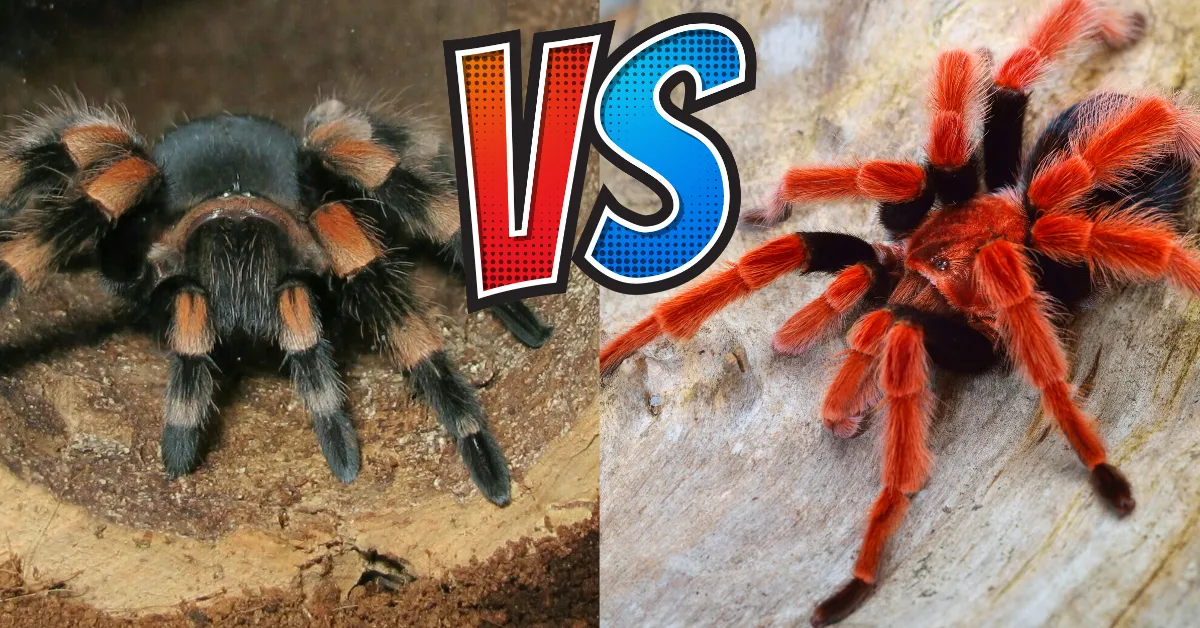Old World vs New World Tarantulas: What’s the Difference?
Tarantulas, with their imposing size and captivating presence, have become increasingly popular pets. However, not all tarantulas are created equal. They’re broadly categorized into two groups: Old World and New World tarantulas. Understanding the key differences between these groups is crucial for anyone considering owning one. These differences span their origins, defensive mechanisms, temperament, appearance, and care requirements. This guide will help you navigate the fascinating world of these arachnids, providing insights to make informed decisions about which type might be the best fit for you.
Habitat and Origins (Old World vs New World)
The geographic origins of tarantulas are a primary factor distinguishing between Old World and New World species. Old World tarantulas hail from regions in Asia, Africa, and Australia. Their natural habitats include diverse environments like tropical forests, savannas, and deserts. In contrast, New World tarantulas are native to the Americas, from North and South America. They, too, have adapted to a wide range of habitats, including rainforests, grasslands, and arid regions. The differing origins often influence their characteristics, from their defensive strategies to their preferred environmental conditions. Understanding these origins gives insight into their behaviors.
Old World Tarantulas
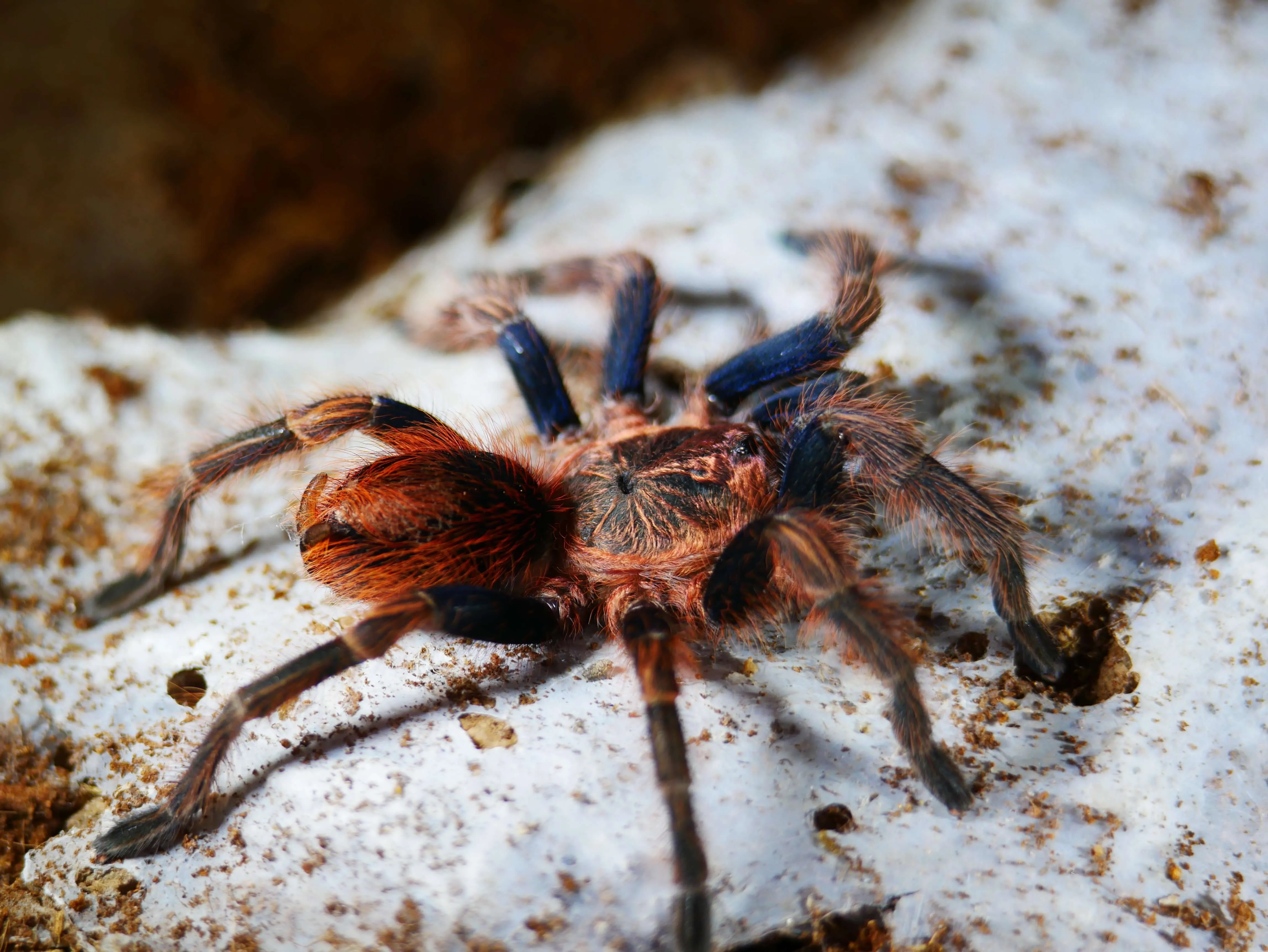
Old World tarantulas have evolved to thrive in the diverse ecosystems of Asia, Africa, and Australia. They are typically found in areas with a combination of high humidity and warmth, mirroring the conditions of tropical and subtropical climates. Many species exhibit nocturnal behaviors, emerging from burrows or shelters to hunt during the night. Their habitats often influence their appearance, with some species displaying striking coloration as camouflage, enabling them to blend seamlessly into their surroundings. The adaptations to their specific environments are what make Old World tarantulas unique and fascinating.
New World Tarantulas
New World tarantulas, originating from the Americas, have adapted to a variety of habitats, encompassing rainforests, deserts, and grasslands. This adaptability makes them less sensitive to certain environmental changes. Many species have developed unique defenses such as urticating hairs, which they use to deter predators. Their natural habitats provide the backdrop for the diverse behaviors and physical characteristics that distinguish them from their Old World counterparts. Understanding the habitats of these tarantulas helps in providing appropriate care if they are kept as pets.
Defensive Mechanisms Top 5 Differences
The defensive strategies of Old World and New World tarantulas are a crucial area of difference. These adaptations help the tarantulas survive in their habitats. Knowing these methods can help in keeping them safe and proper. These differences have big implications for anyone considering owning a tarantula.
Venom Potency
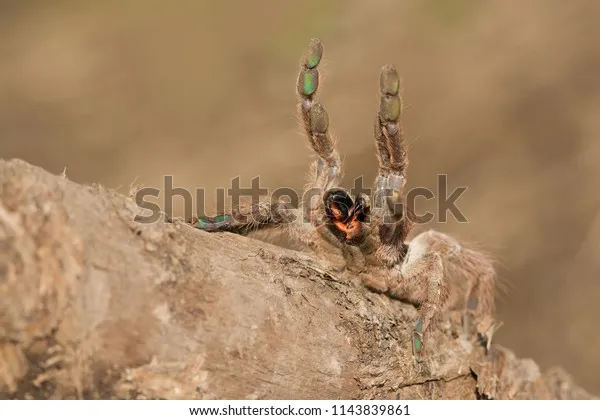
Old World tarantulas are often considered to have a more potent venom than their New World counterparts. While not usually lethal to humans, their bites can cause significant pain, muscle cramps, and other unpleasant symptoms. The potency of the venom is thought to be an adaptation to subdue prey quickly in their natural environments. Although New World tarantulas possess venom, it’s generally considered less potent, with effects similar to a bee sting. Always seek medical attention if bitten.
Defensive Hairs
A defining characteristic of many New World tarantulas is their possession of urticating hairs. These are specialized hairs on their abdomen that they flick towards perceived threats. The hairs are barbed and cause severe irritation upon contact with skin and eyes. Old World tarantulas, on the other hand, lack these hairs, relying more on their venom and other defensive behaviors. The absence of these hairs in Old World tarantulas makes them less likely to cause skin irritation, but this does not mean that they are less dangerous.
Temperament and Behavior
Temperament is another key difference. Many Old World tarantulas are known for being more defensive and aggressive. They are quick to bite if they feel threatened. They may also display a threat posture, rearing up and presenting their fangs. Conversely, many New World tarantulas tend to be more docile and less likely to bite, often preferring to flee or flick urticating hairs as a first line of defense. However, this can vary between species, and individual tarantulas can have different personalities.
Old World Tarantulas
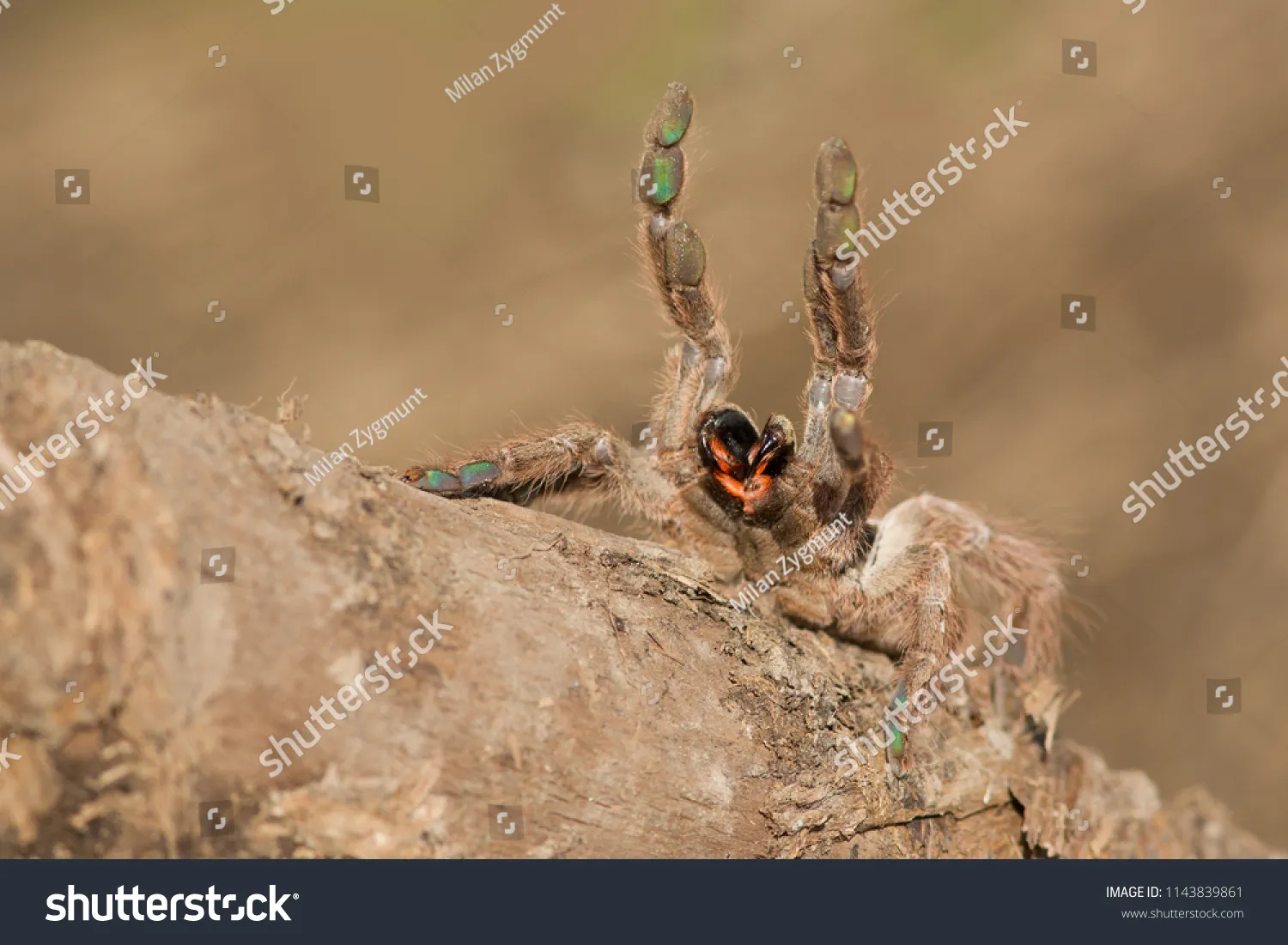
Due to their potent venom and often more aggressive nature, Old World tarantulas require careful handling. They should be approached with caution, and owners should be knowledgeable about their species-specific behaviors. It’s essential to avoid sudden movements and to respect their space. When handling is necessary, it should be done with care and an awareness of the potential for a defensive bite. Proper enclosure design and maintenance are also essential for their safety.
New World Tarantulas
New World tarantulas, while generally more docile, still require respect. Owners should be prepared for the possibility of urticating hairs, which can cause skin irritation. Handling should be kept to a minimum. Slow movements and gentle handling can help minimize stress and the likelihood of a defensive reaction. It’s important to provide proper ventilation and avoid disturbing them unnecessarily.
Appearance and Physical Characteristics
The physical characteristics of Old World and New World tarantulas provide another point of comparison. These features impact how we perceive them. The differences in coloration and build can be quite striking, reflecting their adaptation to their environments. Understanding these characteristics adds to the appreciation of their diversity.
Coloration and Markings
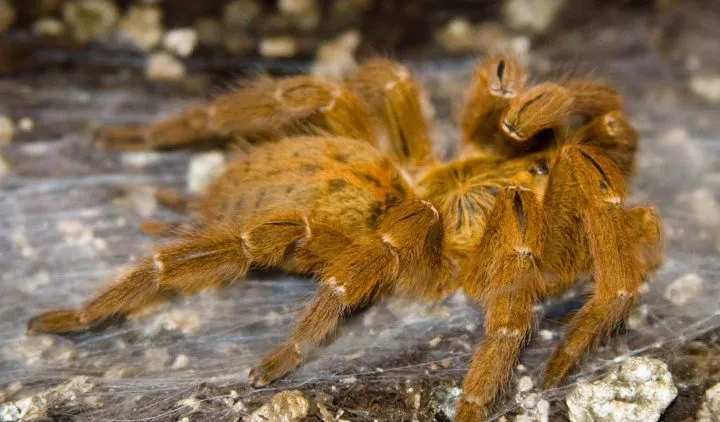
Tarantulas exhibit a wide array of colors and patterns. Old World tarantulas can have more vibrant and varied markings, sometimes serving as camouflage within their habitats. New World tarantulas also come in a range of colors, but the patterns can be less complex. The coloration often reflects their origins and the specific environments they inhabit. Some species show intricate patterns that enhance their appeal to enthusiasts.
Size and Build
Tarantula size varies between species, but generally, both Old World and New World tarantulas can be quite large. Some Old World species are known for their larger size and more robust builds. New World tarantulas can also reach considerable sizes, with some species being exceptionally large. Overall size is a factor in both the animal’s appeal and the care they require. The size of the tarantula impacts the type of enclosure needed to house them safely.
Care and Handling
The specific care requirements for Old World and New World tarantulas vary significantly. These differences hinge on their natural environments, defensive mechanisms, and temperaments. Understanding these needs is crucial to providing for their well-being. Improper care can cause health problems or lead to defensive behaviors. A well-informed approach will help ensure a tarantula thrives.
Enclosure Requirements

The enclosure should mimic the tarantula’s natural habitat. For both types, a secure, escape-proof enclosure is essential. Old World tarantulas may require more robust setups due to their often more aggressive nature. New World tarantulas will benefit from a substrate that allows them to burrow, as many species enjoy this activity. Ventilation is crucial to prevent mold and maintain air quality. The dimensions of the enclosure should reflect the size of the tarantula. The size of the enclosure will also be impacted by whether the tarantula is arboreal or terrestrial.
Feeding Habits
Both Old World and New World tarantulas are carnivorous, feeding primarily on insects. Crickets, roaches, and mealworms are common food items. The frequency of feeding depends on the tarantula’s size and age. Avoid overfeeding. Provide fresh water. Remove any uneaten food to prevent mold growth. Supplementing their diet with calcium and vitamins may be beneficial. Ensuring their diet mimics what they would eat in the wild will help the tarantulas flourish.
Humidity and Temperature
Maintaining proper humidity and temperature levels is vital. Old World tarantulas often need higher humidity levels, mimicking the environment of their native habitats. New World tarantulas may tolerate a wider range of humidity. The temperature should be maintained within an acceptable range. Use a hygrometer and thermometer to monitor the conditions. Misting the enclosure regularly can help maintain the appropriate humidity levels. These factors help ensure the well-being of the tarantulas.
Lifespan and Breeding

The lifespan and breeding habits of Old World and New World tarantulas offer insights into their life cycles. These aspects influence the long-term commitment required. Careful consideration of these factors will help inform your decision.
Lifespan
Tarantulas are long-lived creatures. Females typically live longer than males, sometimes exceeding 20 years. Old World tarantulas can have lifespans similar to New World species, but there are variations based on specific species and care. Provide the correct environment to maximize their potential lifespan. These long lifespans make owning a tarantula a long-term commitment.
Breeding
Breeding tarantulas can be a rewarding experience, but it requires expertise. It is essential to research the species and understand their specific requirements. The process involves carefully introducing a male and female and providing the necessary conditions for mating. Successfully breeding tarantulas is complex. Breeding can result in a significant number of offspring.
Choosing the Right Tarantula for You
Choosing between an Old World and New World tarantula depends on various factors, including your experience level, preferences, and lifestyle. New World tarantulas are often recommended for beginners. Consider factors like the ease of care and the level of interaction you desire. Research different species within each group to find the best fit. Always prioritize the well-being of the animal. By understanding the key differences between Old World and New World tarantulas, you can make an informed decision and enjoy the fascinating world of tarantulas.
